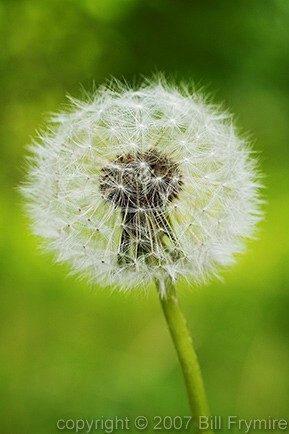Few gardeners enjoy weeding (although a good hoe can help). Although the task can be tiresome and boring, it is nevertheless an essential one! Here are a few tips to help you keep a relatively clean garden (when needed).
1. A weed is any plant growing where it’s not supposed
to
This can include “crops” that have sprouted from seeds kept intact in
the compost, or from seeds blown away by the wind from another bed.
Some plants that we usually consider weeds can be edible and a great
addition to a salad. Identify the weeds in your area to learn about their
benefits too !
2. In case of doubt, don’t do anything
When crops
are germinating from seeds, it can be hard to distinguish crop from weed. As
weeds and crops get bigger, it is easier to recognize them.
3. Weeding is critical when seeds have just been sowed
and seedlings have just been transplanted, as weeds will compete the most with
crops
 |
| ucanr.edu |
Young crops compete with weeds for light, nutrients, and water. For most
mature crops, weeds do not offer a sufficient competition and weeding can cease
or be focussed on the bigger weeds. Once plants are big enough to shade the
ground, little to no weeds will grow anymore. Some plants, mostly root crops
with a non extensive foliage (garlic, onions, leek, etc.), are more susceptible
to competition with weeds even when mature because they are unable to shade the
ground. Crops with an extensive foliage cover are much better competitors and
can be good to plant in rotation following root crops (squash are particularly
effective).
4. It is very important to remove any weed that is
flowering!
 |
| billfrymire.com |
As an old saying goes, a year of seeding is seven years of
weeding. Weeds are first successors, which means they are plants biologically
fit to colonize empty spaces (like uncovered soil in your garden). Weeds
germinate fast, grow quickly and produce a huge amount of seeds (up to
thousands per plant). Allowing a weed to go to seed and propagate ensures a
heavy task of weeding in the years to come, as weed seeds can go dormant for
years, sometimes decades, waiting for good conditions for germination. Regular
weeding makes weeding easier in the future, although urban gardens are more
susceptible to be invaded by weed seeds carried from various places (e.g. lawns,
vacant lots).
5. An effective way to eradicate weeds is to pull out as much root as possible
 |
| invasive.org |
A lot of weeds can grow back from root pieces, so preventing regrowth is a good way to avoid heavy tasks of weeding in the future.
Likewise, most weeds will grow back easily if they are left on the ground, even if they have been completely uprooted. Completely removing weeds from the garden and/or making sure that they dry well enough after they have been uprooted can help avoid a second weeding.
6. To recognize what plants are weeds, you need to
know what crops look like and where they are planted.
 |
| Spinach seedling gardenofeaden.blogspot.com |
Make sure the rows of
crops started from seeds are straight, well spaced, and that their location is
well identified. A straight row of evenly spaced identical sprouts signals a
row of crop being grown ; weed only what is on each side of it. There’s no
rule of thumb to recognize weeds; they’re too diverse!
7. Particular weeds grow in particular conditions
Identify weeds to learn about the condition of your garden. Here is a table of weeds
as soil indicators.
No comments:
Post a Comment